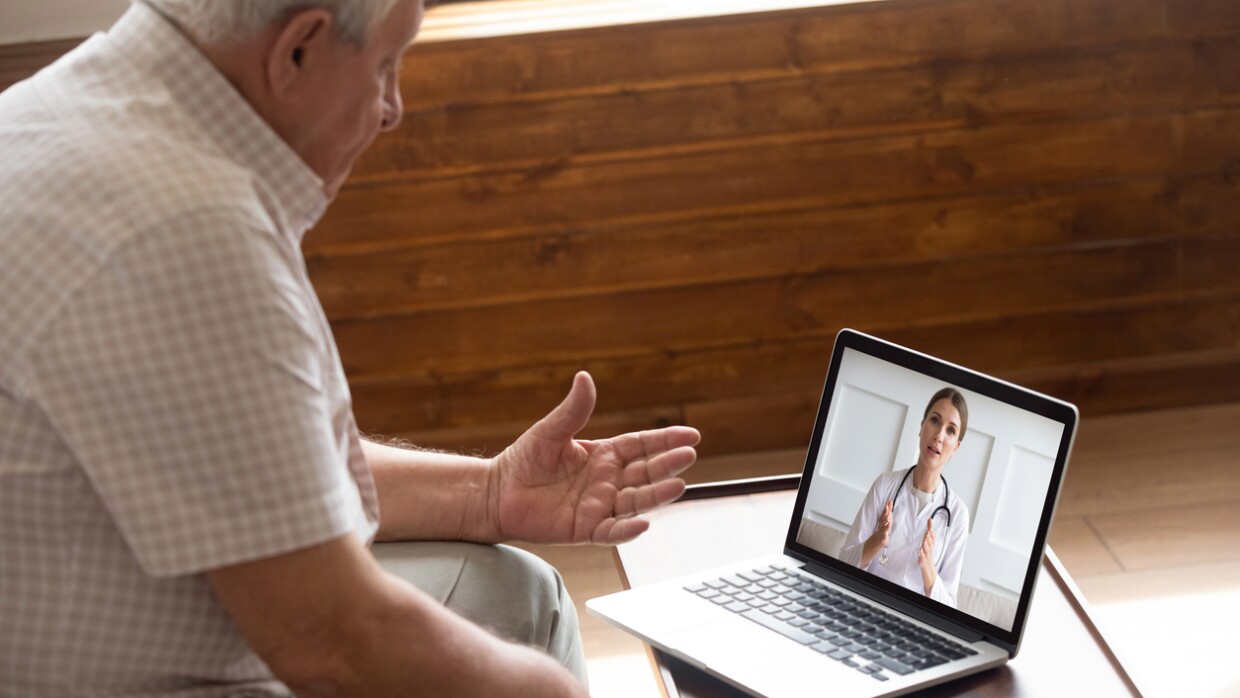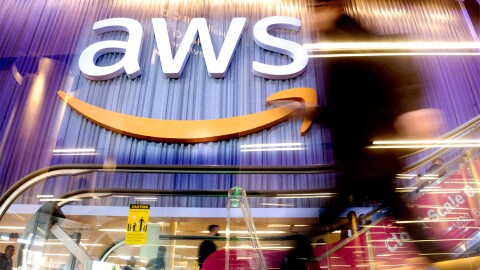Usually, when a patient feels sick, they go and see a doctor. But during the COVID-19 crisis, it’s never been more important for people to stay at home to reduce the potential for the virus to come in close contact with non-infected patients and medical staff.
COVID-19 has driven a rapid increase in the deployment of remote healthcare solutions across Australia and New Zealand. Often referred to as telehealth, these new solutions are designed to reduce the risk of exposure, improve patient care, manage the burden on healthcare workers, and ultimately reduce future transmission of the virus.
At the centre of these new telehealth solutions is cloud technology, which is proving critical both for its ability to support the development of new applications, and to handle increasing workloads.
Preparing for the surge in online consultations
The adoption of telehealth was given impetus in New Zealand in March 2020, when the Royal New Zealand College of General Practitioners issued a directive that all General Practitioners (GPs) should move to towards conducting 70 per cent of their consults virtually—a step designed to drastically reduce in-person contact, and reduce the spread of COVID-19.
A week earlier, Auckland-based healthcare technology company Well Revolution made its own telehealth platform available for general release, after spending 18 months building the technology. Well Revolution was developed by a team of doctors, retail pharmacists, marketers, and technology entrepreneurs to enable GPs to deliver remote consultations through a mobile app.
“When COVID-19 began, we could see that many GPs didn’t have the systems in place to deliver telehealth,” said Well Revolution co-founder Frayne Cooke. “We made a decision to offer our app and service free to all doctors in New Zealand to help them prepare.”
The company already had a track record in providing home-based medical testing kits and online consultations for various health conditions which gave Well Revolution the foundation it needed for its work in primary healthcare. In addition to offering its app to New Zealand’s GPs, Well Revolution launched a nationwide 24/7 doctor and prescription delivery service to help people who could not access a doctor, and to support GP clinics struggling with afterhours services for their patients.
Cooke says running on Amazon Web Services (AWS) helped Well Revolution rapidly scale to meet the growing demand from doctors and patients, and lets them leverage existing AWS technologies such as machine learning to improve the experience of their app.
“By utilising cloud, we were able to develop an online billing system to ensure GPs could be paid for their new online consultations. We also built a new paperless prescription solution, in just two days,” Cooke said.
Managing patient and doctor interactions
Australian ASX Listed healthcare, media, and technology company 1st Group saw an immediate need to help doctors better manage the flow of patients, and reduce the chances of community infection within healthcare centres.
The company already has a successful track record with its online consultation booking system that connects more than 11 million patients to pharmacies, GPs, radiology, and even veterinary surgeries, so CEO Klaus Bartosch decided to put that experience into a new tool that would help determine the best way to manage incoming patients during COVID-19.
“We developed a sophisticated online screening tool to help GPs consistently and accurately manage where there might be physical health risks, so doctors can treat at-risk patients in a different and virtual way,” Bartosch said.
1st Group also recognised that medical professionals would need to continue to collaborate safely to address patients’ needs, so the application allows up to four people to be present in a single telehealth consultation. This allows multiple professionals – potentially from different specialisations – to conduct a team meeting to decide the best course of care for the patient.
Bartosch said these changes had put huge strains on his company’s infrastructure, so they turned to cloud technology. “One healthcare provider saw the number of concurrent users on their platform go from 200 to more than 2,000 an hour. The benefits of running on AWS and the flexibility it provides to scale up, are profound,” Bartosch said.
Since witnessing the demand and success of telehealth solutions, 1st Group’s next endeavour is to create telehealth services for other allied health professionals such as dentists, optometrists, and vets, with additional support for electronic prescriptions.
Keeping residents connected with loves ones
One of the best ways to avoid COVID-19 is stay away from potential carriers. But for some people, such as those living in residential care, remaining in isolation is not a viable option. For Perth-based residential aged care company Juniper, reducing the risk to residents was its number one priority when COVID-19 began. So Juniper strived to make sure its existing in-person methods of delivering care services could adapt rapidly using technology.
“We knew we needed to protect our elderly residents from the virus, but also maintain regular contact with medical practitioners, as well as concerned family and friends in a virtual environment,” said ICT Manager for Juniper, Dan Beeston. “At the same time, we also had to find a way to move our head office employees into a home-based work environment to keep them safe and ensure our business operations could continue to run smoothly.”
In less than three days, Juniper implemented the cloud-based communication service Amazon Chime that lets people meet, chat, and place business calls inside and outside their organization, all using a single application to connect more than 1,880 employees, caregivers, doctors, and family members across 26 Australian facilities. This technology allows Juniper’s residents to safely connect with their health practitioners and loved ones through video calls from tablets provided in the facility.
Amazon Chime also enabled Juniper to coordinate its first company-wide call from its CEO to provide critical updates on how the company was responding to COVID-19. This system is capable of connecting all of Juniper’s employees simultaneously, whereas its capacity issues with its previous system regularly meant around 20 per cent of its workforce missed out on key updates.
“One of the biggest advantages of our technology during this period of time is the ability to continue business as usual and focus on the health and safety of our residents and staff, rather than resolving technology issues,” Beeston said.
Towards a healthier future
While the COVID-19 crisis has put enormous strain on the healthcare sector, there are also long-term benefits that may flow from it. Much of the activity undertaken by our customers today will continue to be used long after the crisis has passed, and will bring greater efficiency to the sector and convenience to patients.
Beeston believes COVID-19 has helped Juniper to identify new challenges and solutions they can implement through technology for the benefit of residents and staff. “The quick response has enabled us to think more broadly about what we can do to connect our residents to loved ones when physical distance becomes a challenge. Technology has not only helped deliver physical health needs, but mental health needs too, such as loneliness and keeping loved ones in close contact,” he said.
According to 1st Group’s Bartosch, while technology is used extensively today to develop and deliver medicine, the actual patient journey hasn’t fundamentally changed in a hundred years.
“This COVID-19 crisis and the need for people to engage virtually with their healthcare services has shifted the dial overnight on digital technology adoption,” Bartosch said. “And when we come out the other end, the way we used to engage with healthcare businesses will have fundamentally changed.”












